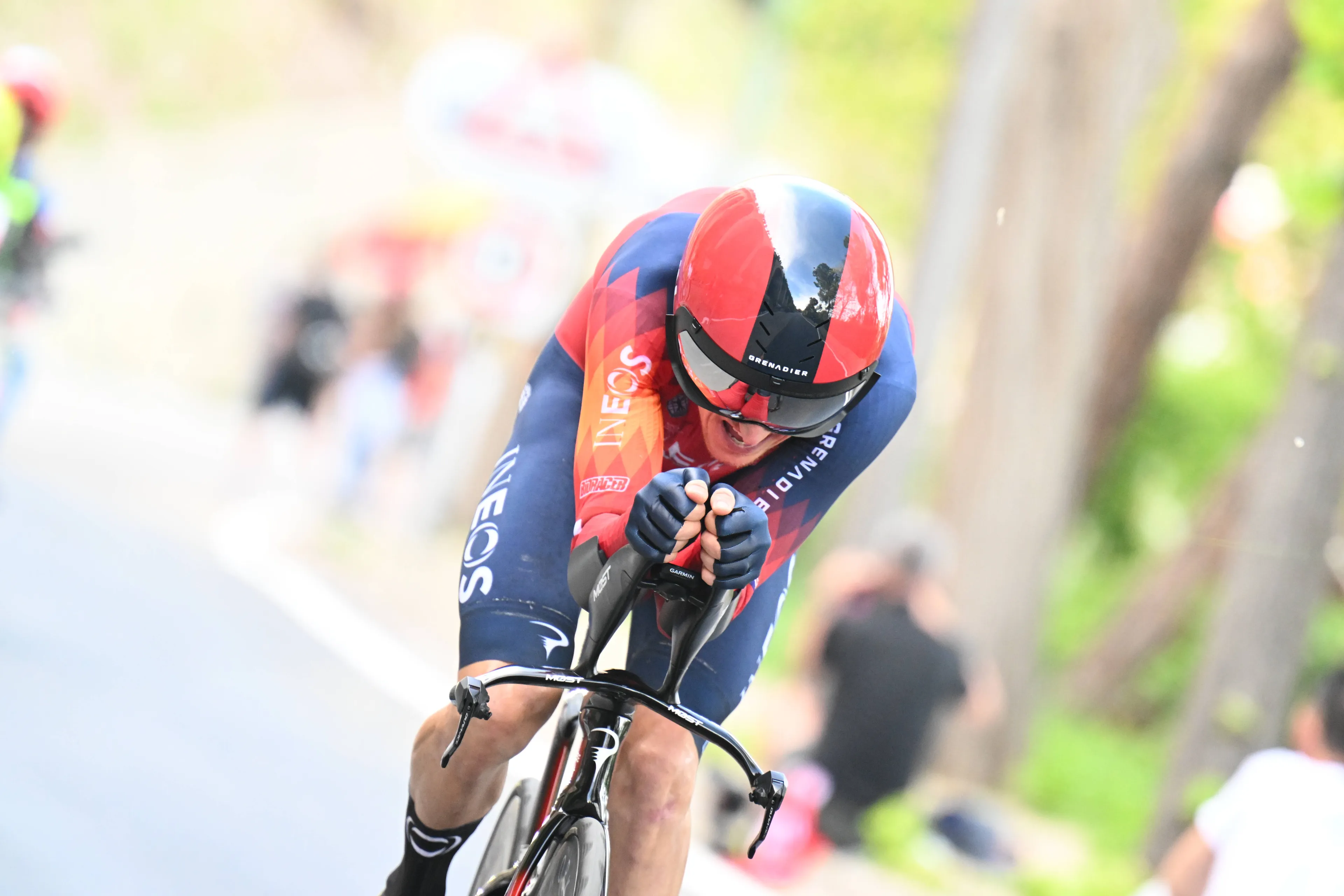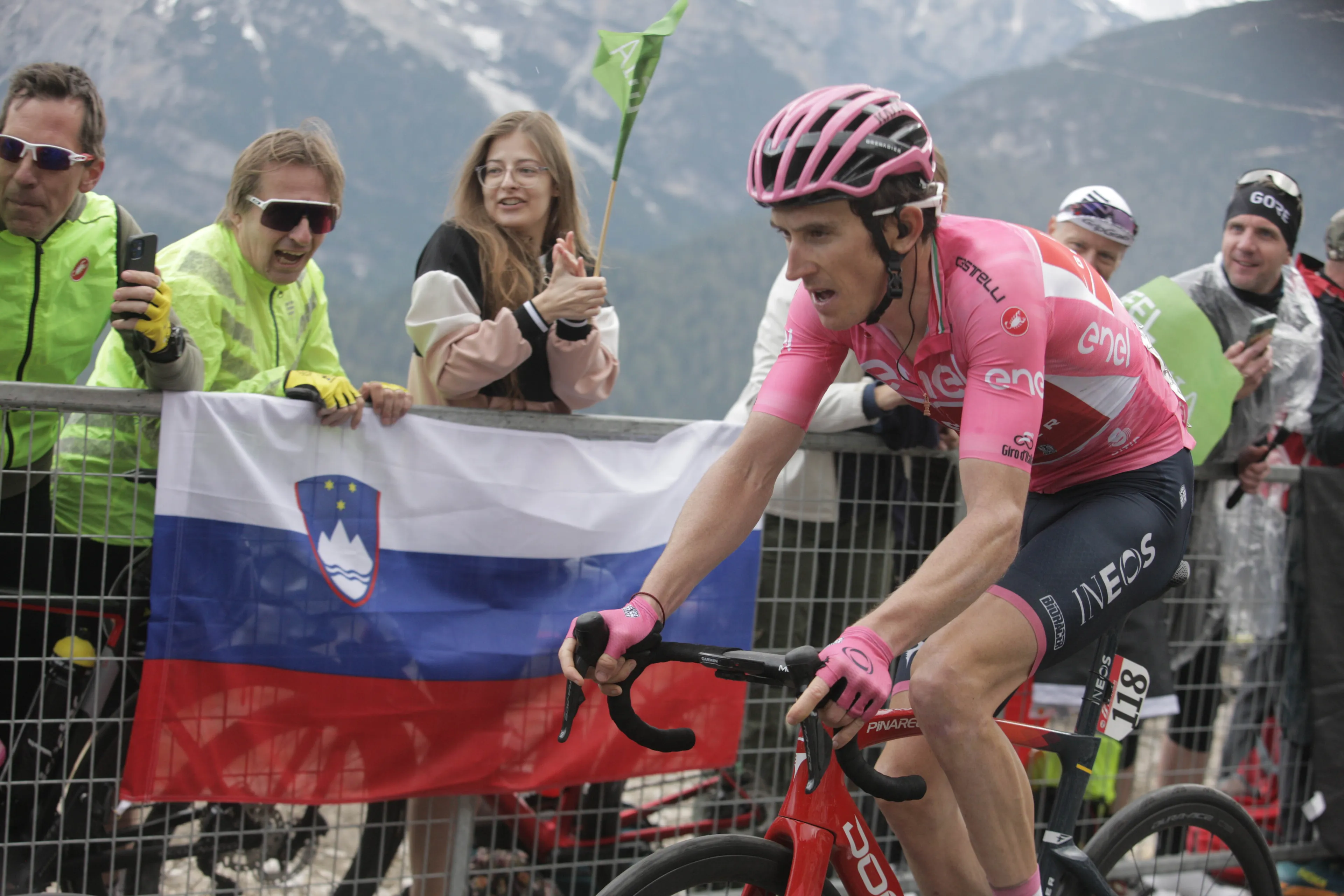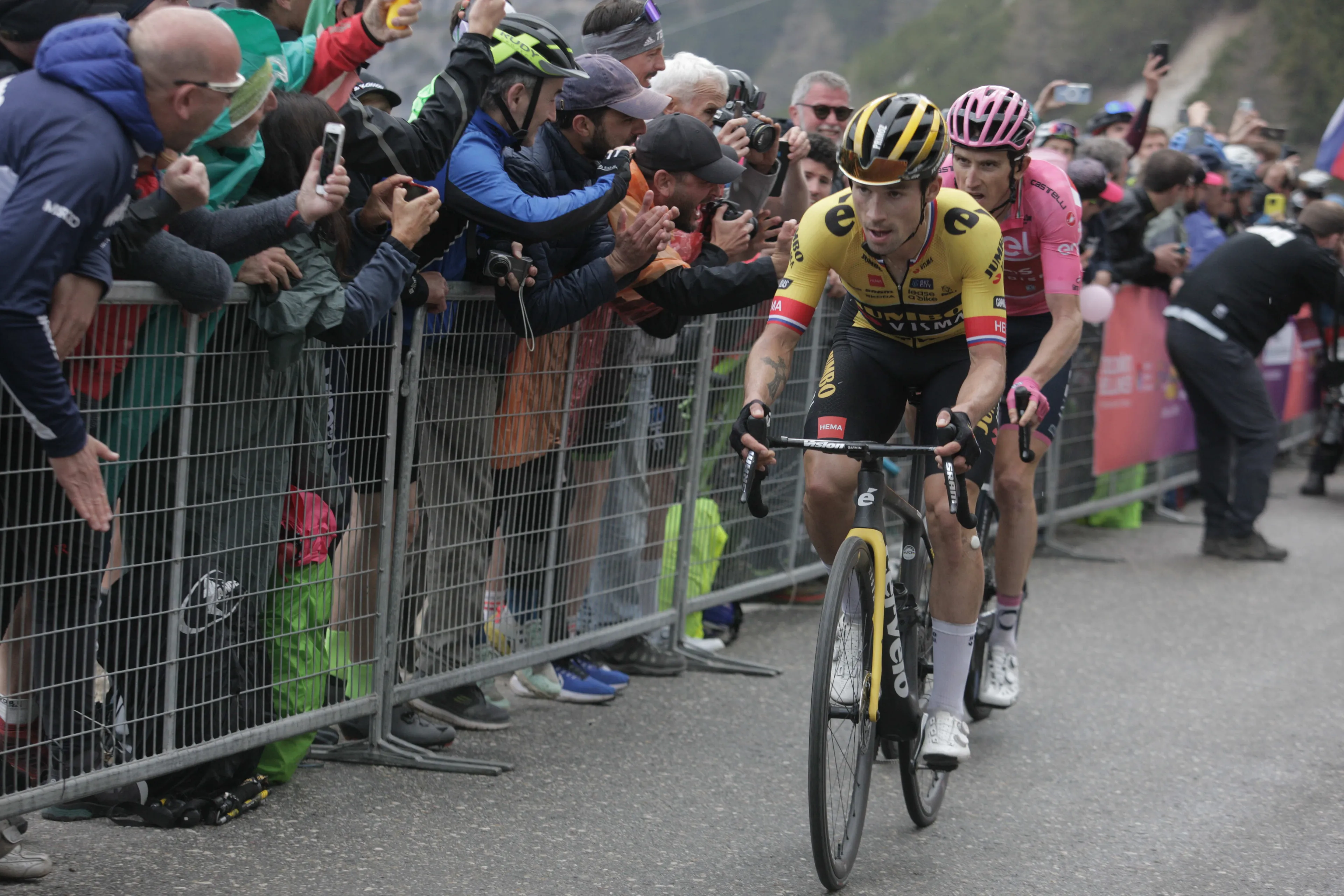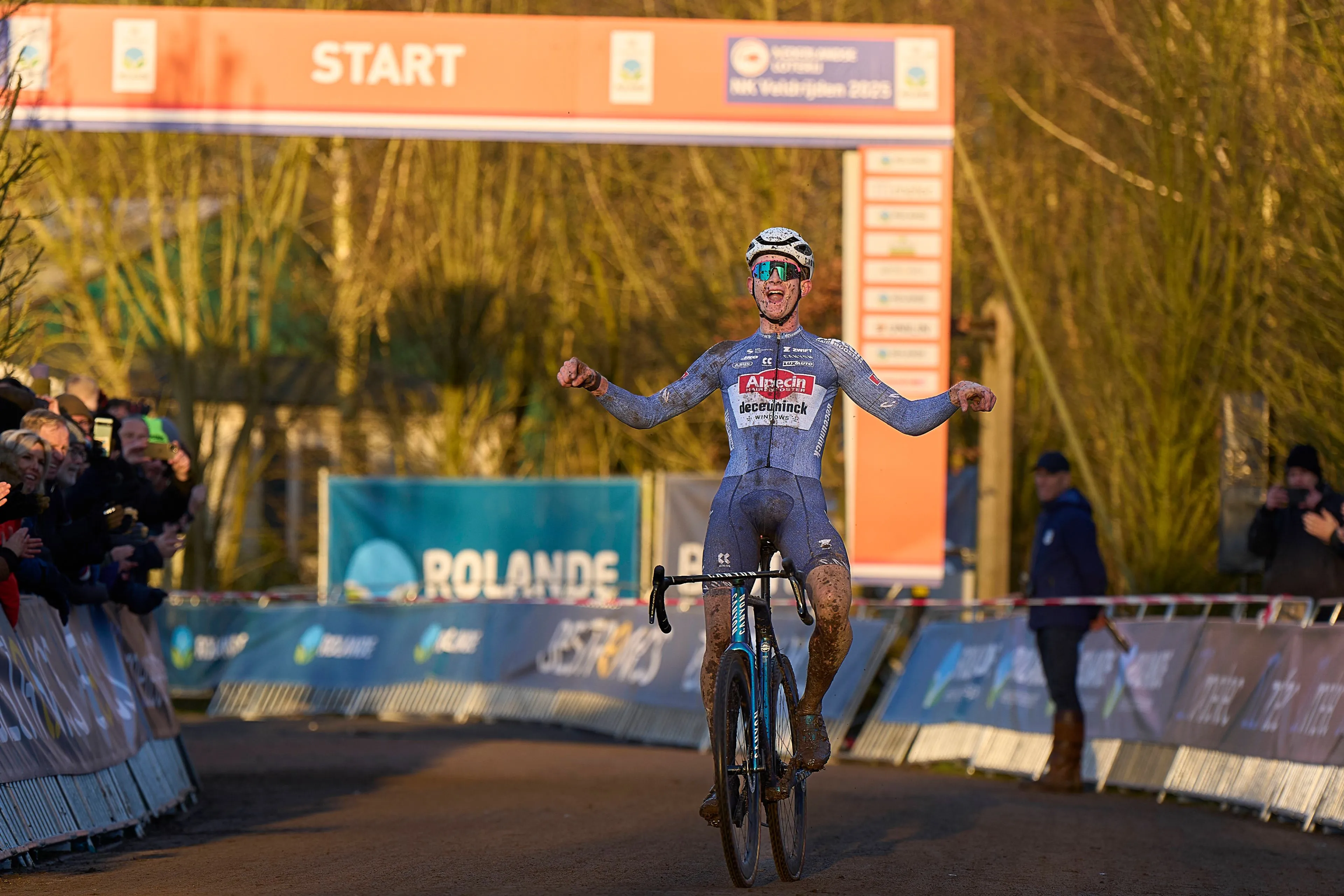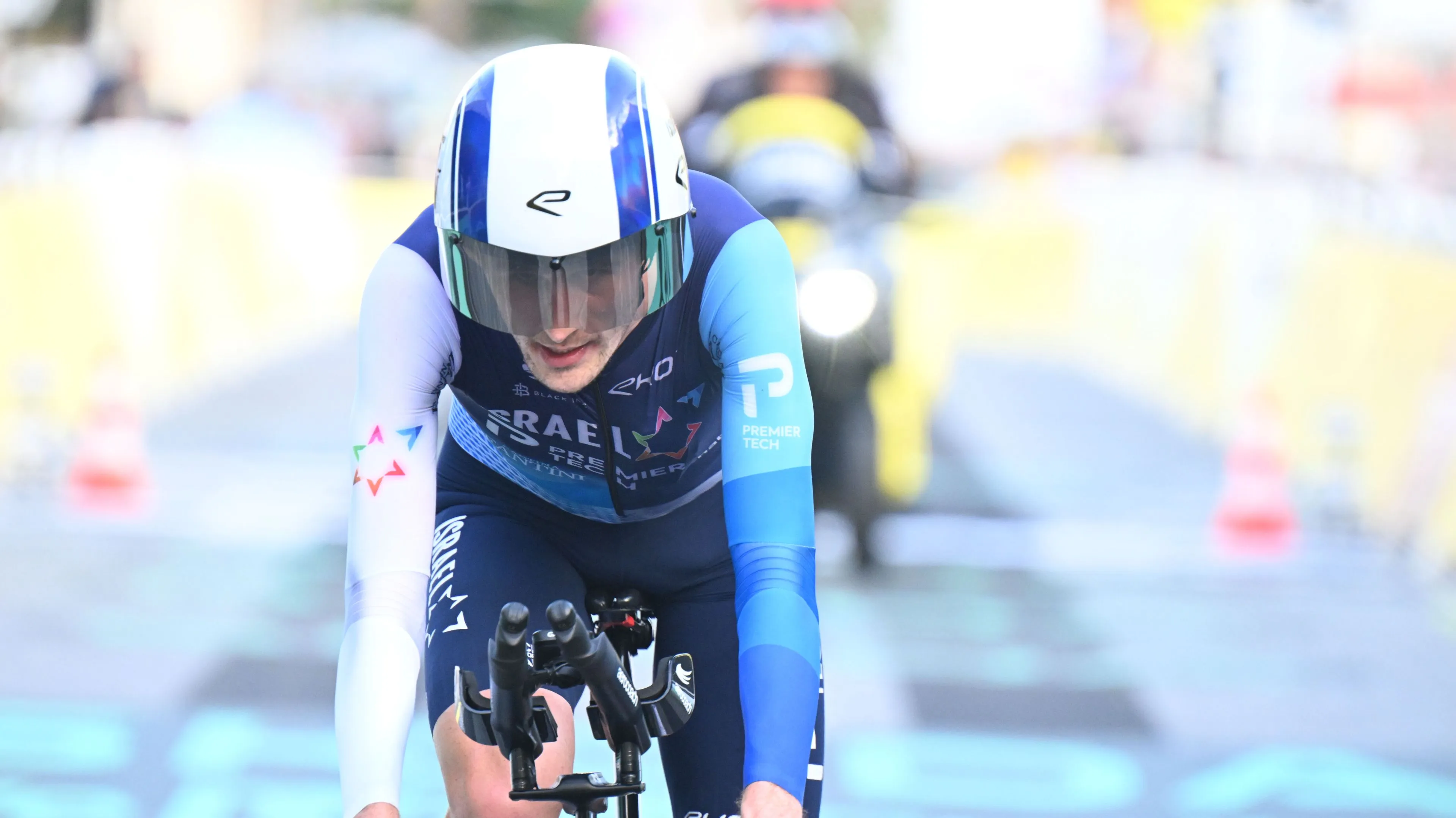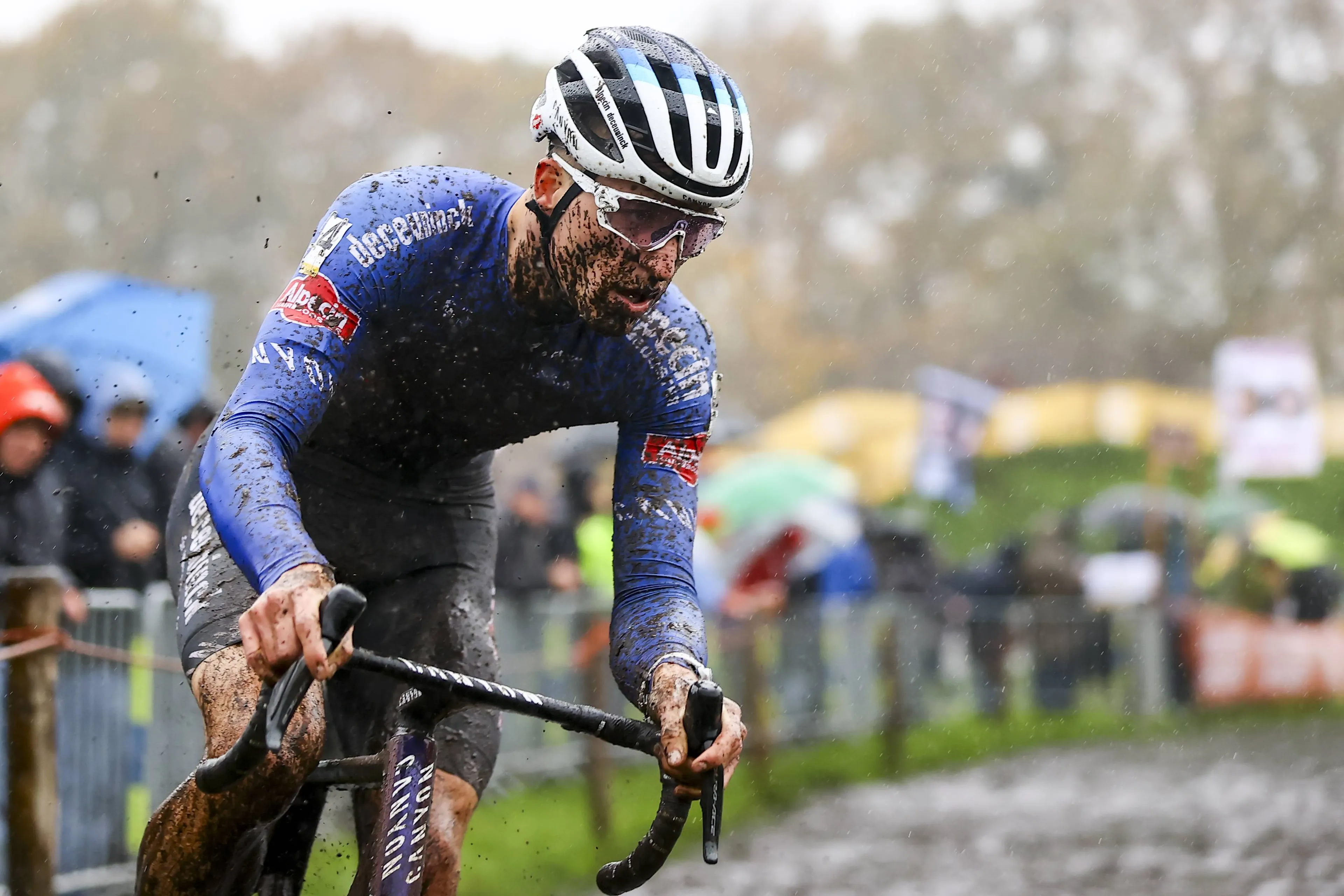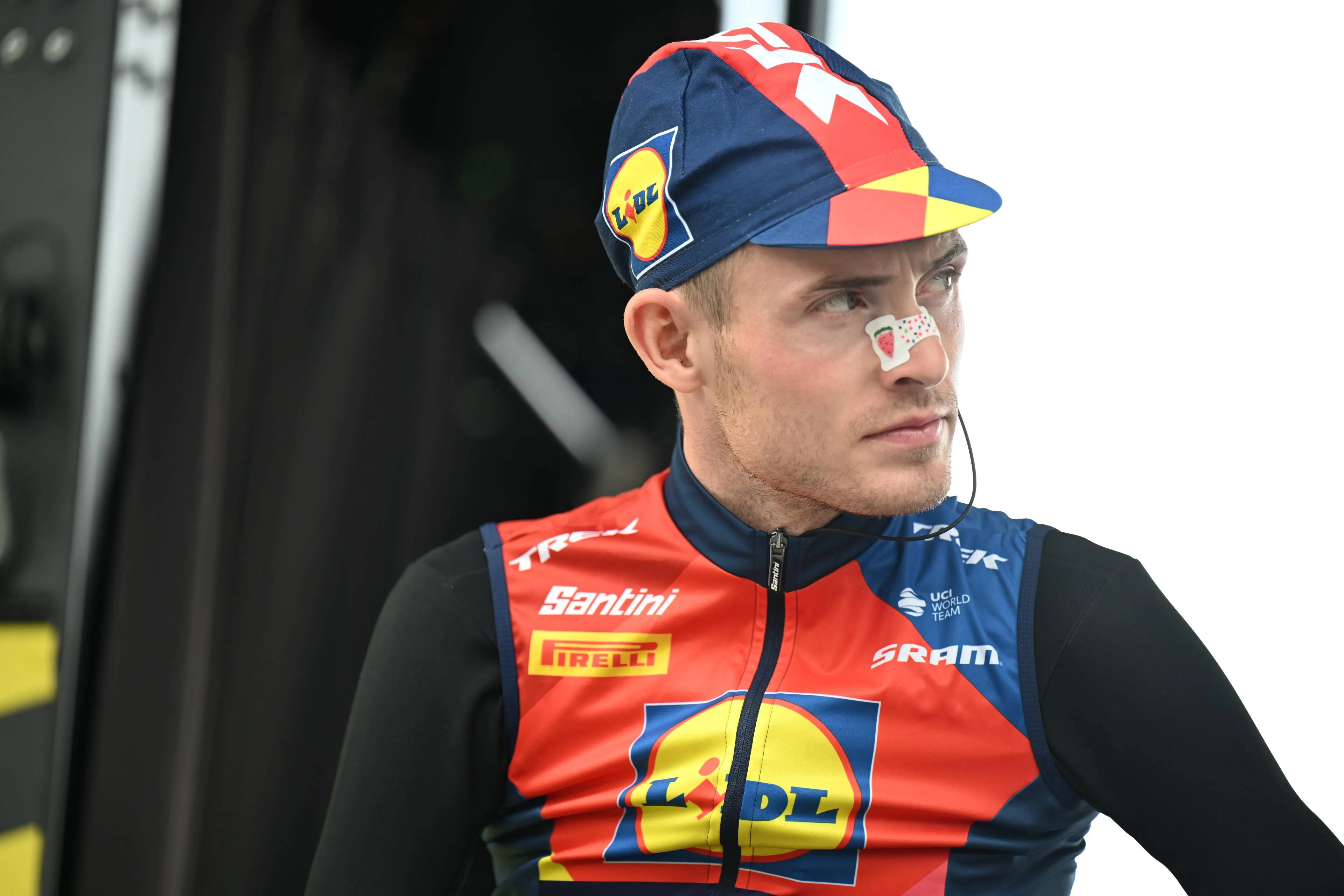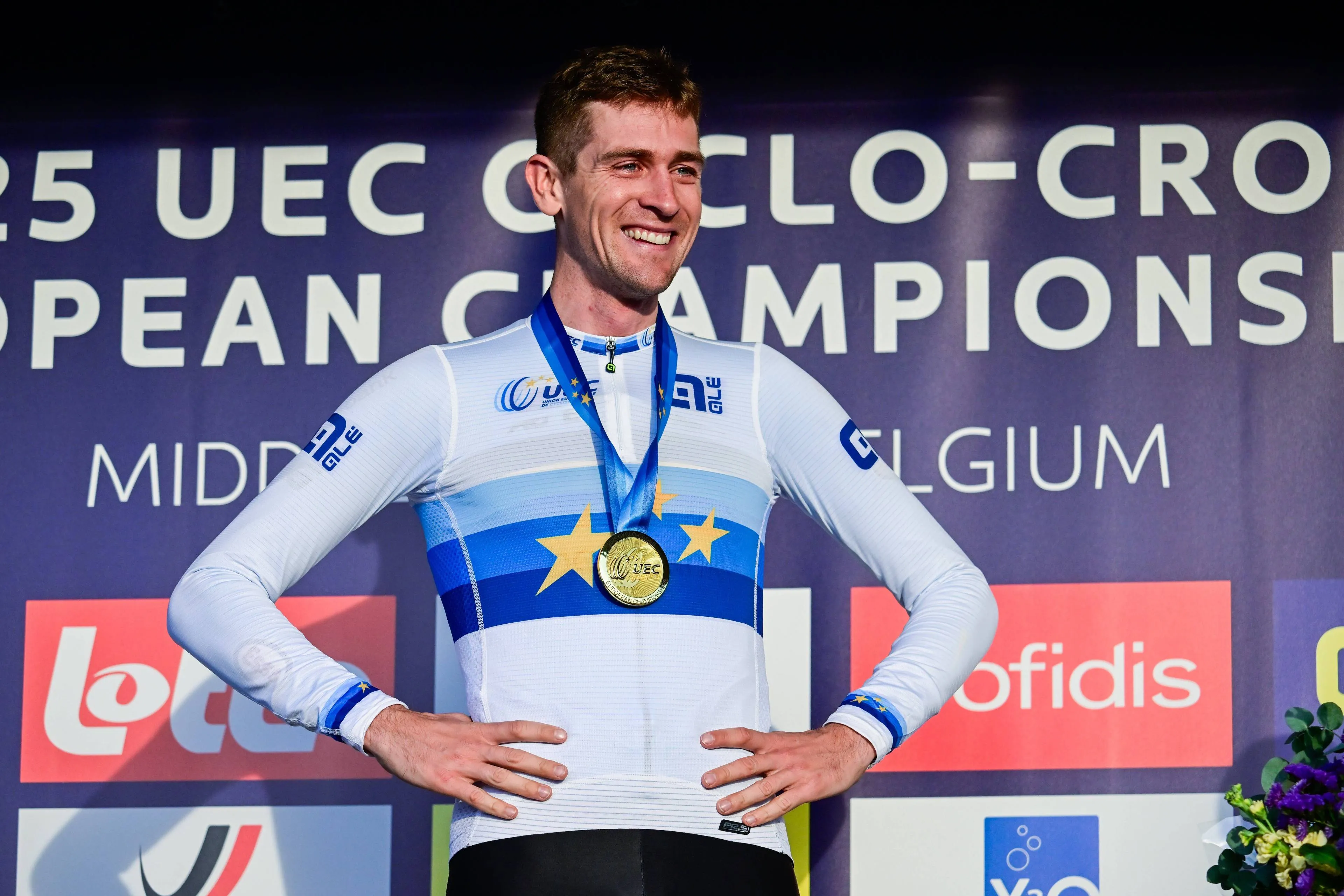Analysis: Monte Lussari, the insanely steep climb that could decide Giro d'Italia
CyclingSaturday, 27 May 2023 at 10:48

The decisive time trial of the Giro d'Italia has a total of 18.6 kilometers between Tarvisio and the summit of Monte Lussari. Stage 20 sees what may be termed one of the hardest climbs in modern cycling being put to use, which should decide the Giro's overall classification.
The first 10.8 kilometers of the stage, up to the Ponte Torrente Saisera (the start of the pass) are somewhat steep, with uphill and downhill sections of very little gradient, so we can define them as practically flat. Everything becomes completely different in the last 7.8 kilometers, with a tremendous pass that may (or may not) turn the classification of the Giro d'Italia 2023 upside down.
Read also
DETAILED ANALYSIS OF THE MOUNT LUSSARI CLIMB.
Thus, the hardest part of the climb are the first 5 kilometers, with an average percentage above 15%, with ramps up to 22% and with a couple of sections of 500 meters at 17% reaching kilometers 3 and 4 of the climb. In those first 5 kilometers the climb never drops below 13% and is almost always above 14%.
After those first 5 K, the ride becomes much smoother from km 5 to 6 (4% average) to require the cyclists to make a great final effort between 6 and 7 at 11.9% average and another "gift" ramp of 22%. The last 500 meters are flat, to at least allow cyclists to enter with some composure at the finish line, they are practically flat.
Read also
FIGHT IN THE GENERAL.
So, given the toughness of the climb, absolutely nothing can be ruled out among the top three in the general classification. We have seen Geraint Thomas very strong so far, but less than half a minute is not to trust a Primoz Roglic who has more than enough quality to perform at a high level on a climb like Monte Lussari;
A priori, we see Joao Almeida with less options, but he is young, he has shown to be in great shape and he has to think about giving everything in case his rivals fail. Behind, Einer Rubio, Santiago Buitrago and Ilan van Wilder will try to storm the top 10, although they will not have it easy against men like Leknessund and de Plus, who have been consistent throughout the Giro d'Italia.
Read also
THE GENERAL CLASSIFICATION
1. Geraint Thomas
2. Primoz Roglic at 26".
3. Joao Almeida at 59".
4. Damiano Caruso at 4:11"
5. Eddie Dunbar at 4:53"
6. Thibaut Pinot at 5:10".
7. Thymen Arensman at 5:13".
8. Lennard Kamna A 5:54".
9. Andreas Leknessund at 6:08".
10. Laurens de Plus at 7:30".
11. Einer Rubio at 7'40".
12. Santiago Buitrago at 10'03".
13. Ilan van Wilder at 10'19
14. Aurélien Paret Peintre at 12'05".
15. Sepp Kuss at 12'30".
Read also
claps 0visitors 0
Just in
Popular news
Latest comments
- They'll be the new target for protests, even if Adams isn't involved. Just being tied to that team is a really bad idea. Its probably going to hurt Canyon too.Veganpotter14-12-2025
- He’s done cross before. I bet if he dedicated himself to that he’d start cleaning up.mobk14-12-2025
- 1. No, the team owners want to have reliable money without having to actually perform. 2. It's "creative destruction". It's how things improve. Resources and labor are put to more productive uses. 3. That'd be more likely to happen if you listened to these "cycling is unsustainable" whiners. 4. There are thousands of pro races per year. Some teams are happy with a podium. Everything here is a Non Sequitur. -An Economistacem8214-12-2025
- I appreciate the restraint for sure.mij14-12-2025
- I was thinking the same thing. some of the questions were just terrible.mij14-12-2025
- He could always try some off road racing, where skills play a part, not just his engine. A great road rider, but not a complete all round rider......wipperman9513-12-2025
- As a cyclist, I'm amazed by his capabilities, as a fan I believe he will be considered as the best ever by the time he retires.awp13-12-2025
- While he is a good rider, he is not in the Pogi, Vingegaard, Lipo and others category yet. Can he be? Time will tell but for now he is in a 2nd Tier. And let's not forget guys like Del Torro who very well could be almost if not as good as Pogi in a year or twomd197513-12-2025
- That question about the last wk of the 'tour, like seriously, did the journo not know he had a knee problem.. 🤷
 leedorney13-12-2025
leedorney13-12-2025 - They're hoping to develop GC talent. This is the best way they can do that with their roster.Veganpotter13-12-2025
Loading
#Giro, Stage 20 (18.6 km, ITT) 📊⏱️ MONTE LUSSARI (steepest 4.75 km, 15.28 %, 726 m) "6.40 W/kg" (est.) = 22:08, 12.88 Kph, VAM 1968 m/h Look at that glaring mismatch between avg. speed & VAM. 12.88 & 1968. 😂 27 sec slower time with same est. "65 kg standard" = 6.27 W/kg.
Write a comment

